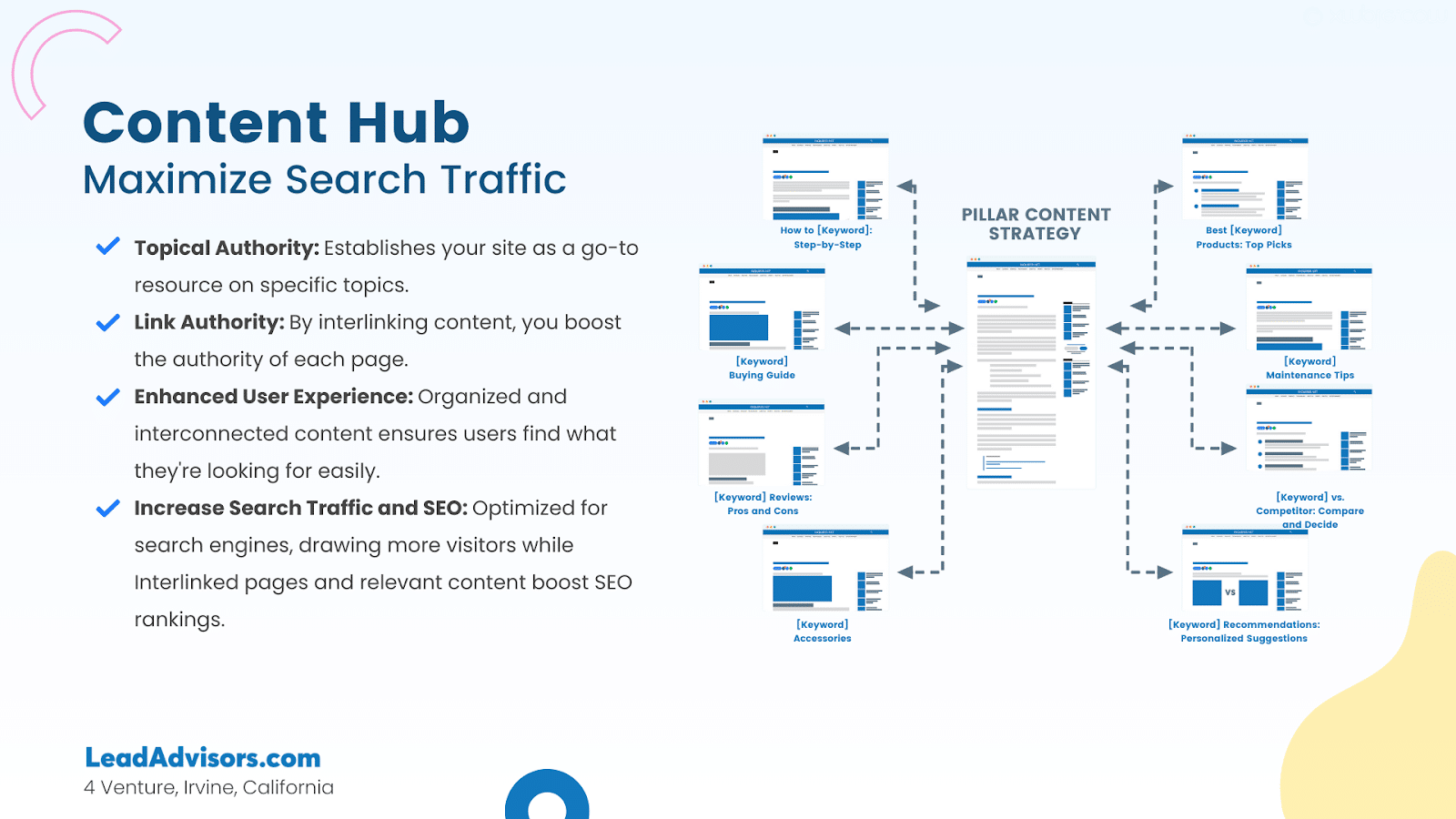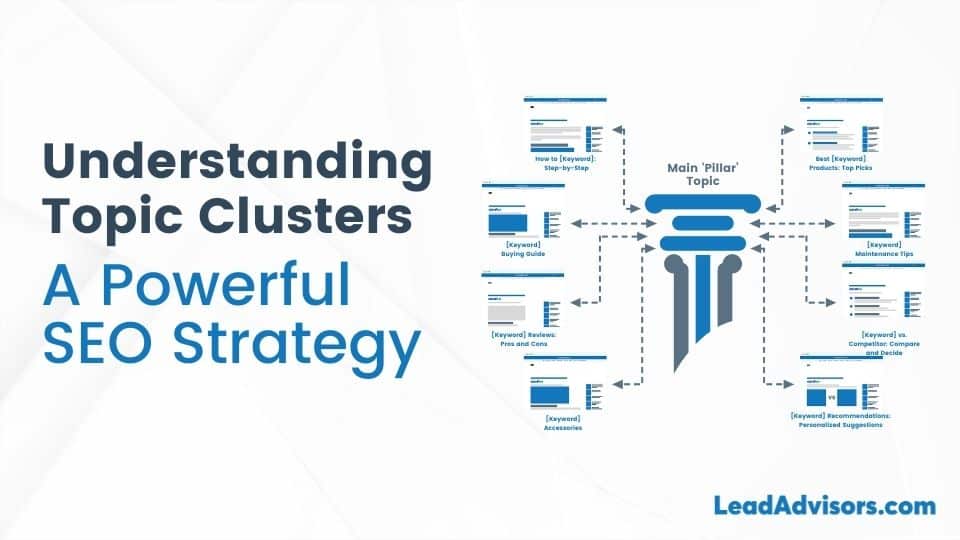The landscape of how to manage a call center has been making drastic changes in recent months. With limited access to physical offices, remote work has become the default option for many businesses worldwide. But while working remotely is the obvious solution, transitioning to off-premise call centers presents its own set of challenges.
This guide to managing a call center successfully provides tips to handle remote team members while providing satisfactory service to customers.
Overview of the Call Center Industry
Traditionally, a contact center or call centers were brick-and-mortar offices where teams fulfilled essential company functions like handling customer orders, questions, and complaints. The past few years, however, saw the rising trend of virtual call center agents.
With this in mind, there are specific tactics one can take to increase sales and overall call center company culture. With the advent of COVID-19, this trend has been fast-tracked to become the norm.
Related Article: Best Practices for Call Center: Sales Pipeline Management
Effects of COVID-19
The global pandemic has greatly affected the industry, even including the training and onboarding process. In many instances, the skyrocketing number of phone calls far exceeds the current capacity of skeletal and virtual teams. Providing even just average customer support can be challenging.
The exponential increase in call volume has caused several urgent issues. Excessive wait times, higher average hold time and disconnects, and frustrated customers are problems a call center manager faces today.
Remote Work
The solution is virtual work. A remote call center provides the same customer service functions but utilizes teams of agents who work from home or co-working spaces. A remote call center also uses cloud-based contact center solutions to interact with customers and other call center team members.
Features such as SIP Trunking allow a call center agent to reach customers via phone for inbound and outbound marketing. This feature can also be used for call center scheduling and agent call center performance monitoring for managers.
One of the biggest advantages of remote work is the potential to hire the best talent from any part of the world. The reduced overhead to running an office location also offers significant cost savings to companies.
Related Article: How Outsourced Call Center Solutions Can Increase Business Profitability
Virtual Time Keeping

There are instances when agents might clock in to get paid but do other activities like scroll social media first. Checking in daily to reduce these instances is the manager’s job.
Read More: Lead Management 101
How to Manage a Call Center Remotely
Call center management is ultimately responsible for providing good customer feedback and experience. To do this, a call center manager must actively manage and monitor all your agents on a day-to-day basis. If you see an agent struggling, take immediate action before the situation worsens, and the quality of work dips.
Nevertheless, this does not translate to micromanaging. You can rely on call recordings and past interactions to get the information you need. If you find this insufficient, whisper coaching and silent listening can be used to guide your customer service agents during interactions.
Read More: Best Lead Management Practices
Video Conferencing Meetings
There are numerous ways to manage a call center effectively. For instance, video conferencing is the next best thing to in-person interactions. Video calls allow the quality customer service team to meet in one place at the same time. These meetings are also the ideal opportunity to set goals and demonstrate to others your role as a team leader.
Your leadership as a manager is critical in setting the tone of your company culture. By focusing on problem-solving and communication skills, you show the team that they can rely on you for troubleshooting when the need arises.
Read More: What are the Advantages of the BPO Industry?
Promoting Virtual Work Culture
Company culture is central in retaining agents and minimizing turnover rates. A company that values its engaged employees fosters loyalty and a higher rate of productivity. Happy employees interact with customers better and can provide them with positive customer service experiences.
Also, if employees feel like their jobs are career paths to even better opportunities, they will strive for better customer satisfaction. Otherwise, employees who treat their job like a job have no incentive to do better.
Remote Analytics and Reporting
If you want to know how to manage a call center properly, you need to know about analytics and reporting. Use call logs to see how many calls each agent takes and the length of their interactions. This information can be used to gauge their performance and measure them against your own goals and standards.
The best call times and customer satisfaction scores are not the only metrics you should be following. If a customer service agent does not comply with regulations and standards, your call center is not working at its peak performance.
Evaluate the processes your agents use when processing sensitive data. By checking call logs, you can see if you are following DNC list rules. This is necessary to prevent potential fines and litigation.
Related Article: 5 Key Trends For Business Process Outsourcing
Key Metric Goals for How to Manage a Call Center

Service Level is a metric that measures an agent’s productivity in real-time during calls. Said, it is the percentage of calls answered within a specific time measured in seconds. This metric allows you to see if agents feel like the calls move too quickly from one call to the next.
Another critical and great way to measure an agent’s productivity is through the Average Handle Time (AHT) metric. This metric measures the average time from when the agent picks up the call until they disconnect it.
AHT can be tricky since a long term time of handle may mean they are struggling with customer requests. However, a short AHT can also mean that they are not able to offer any meaningful assistance. A quality assurance software can help you monitor call quality to ensure you have all your bases covered.
You May Also Like: Best Lead Management CRM
Summary
If you want to learn how to manage a call center, this guide is your best resource. We provide tips for managing remote team members and provide satisfactory service while also providing some great advice on what qualities make up successful managers of call centers.
To get more information about the topics we cover in our blog posts or if you need help with any other topic related to lead management, visit LeadAdvisors home page!
Updated on July 12, 2021.















